
Local LGBT centers, online directories, visual cues and gender-affirming care or non-discrimination policies can all be helpful resources and cues
Start with one person you trust, and then you can open the door to the rest of the world
Research healthcare providers who are welcoming and affirming, and advocate for yourself
Inequality hurts our health at a personal, community and global level
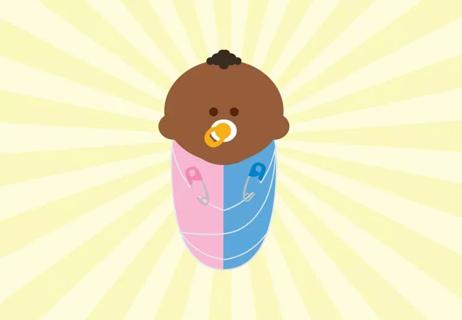
Your sex assigned at birth plays some role in the types of screenings and exams you need

Gender exists on a spectrum, with several gender identities to choose from

Sexual orientation exists on a spectrum and can result in a wide range of relationships

Kids aren’t too young to understand or question concepts related to gender
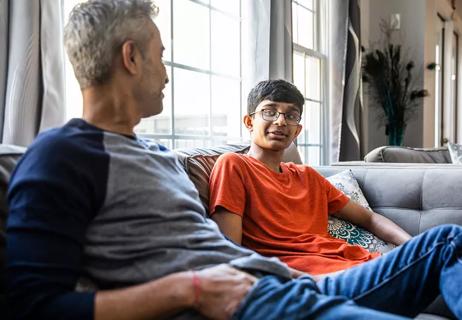
Find out how they’re making life a little easier for gender-diverse kids

Sexting has become all too common among kids, putting them at risk for bullying, blackmailing and human trafficking

This romantic orientation involves little to no romantic attraction to others and exists on a spectrum

Communication is key, but so is kindness

Healthy boundaries are important to put in place for friends, family and coworkers
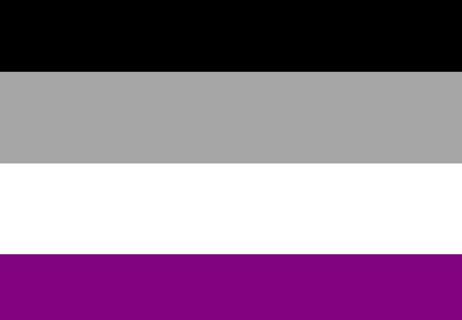
Our understanding of what it means to be asexual has blossomed
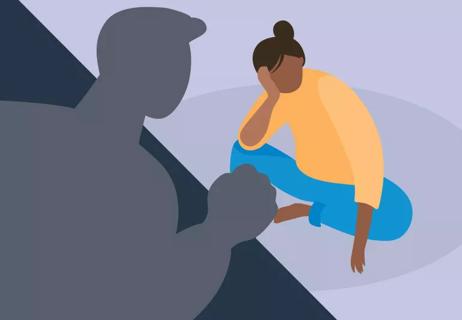
Red flags can pop up early in a relationship and may lead to serious issues like domestic abuse

Being nonbinary means not identifying solely (or at all) with being male or female
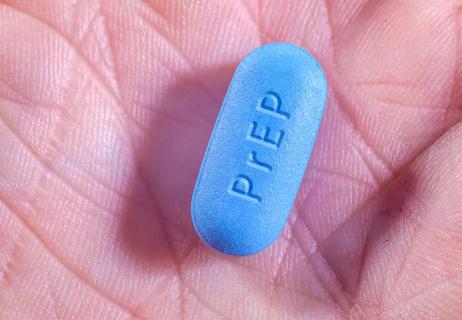
Contributing factors include racial disparities, high barriers to care and more

It can be difficult to qualify for certain tests

An LGBTQ+ care specialist talks risks, recommendations and more

Anyone with a prostate can get prostate cancer, but some symptoms could be masked

‘Safer sex’ means STI prevention, avoiding unintended pregnancies and psychologically safe practices for everyone

Like the flu shot or the HPV vaccine, PrEP is a preventive medicine designed to protect your health